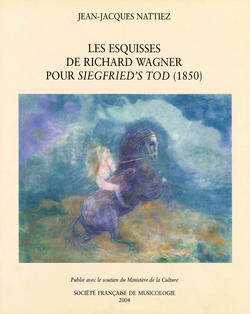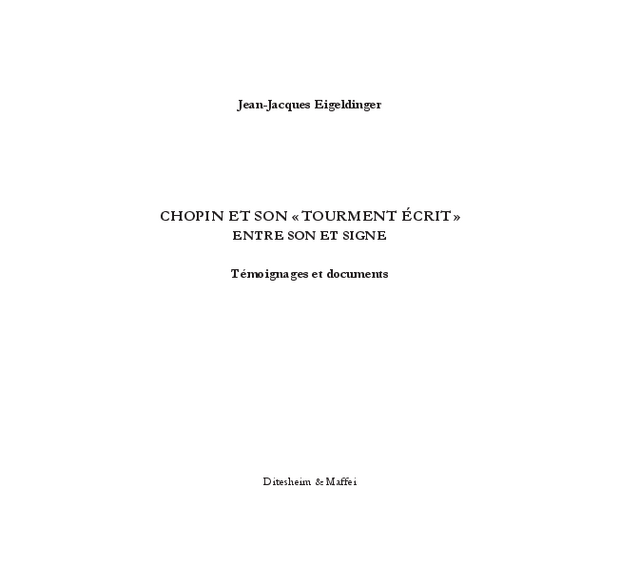If Ferdinand Herold owes his reputation largely to his operas, of which Zampa ou La Fiancée de marbre (1831) remains a reference until today, there are works from the beginning of his life that we speak little about and probably wrongly: among them, his four piano concertos composed between 1810 and 1813. The first two bear witness to the time of his studies in Paris and his diplomas, notably in piano class. They also underline the composer’s desire to be part of the Parisian musical landscape through various ways, sometimes as a concert performer, sometimes as an accompanist. Concertos Nos. 3 and 4, composed the same year during his stay in Rome, highlight his need to write again for this genre. The burst of inspiration is undoubtedly due to his precious victory at the Prix de Rome the previous year. However, these last concertos mark a period of transition. In fact, the composer would very quickly turn to the orchestral repertoire, such as the symphony, the first one dating from 1813. Finally, in 1815, he would devote himself more willingly to the opera.
Sébastien Espesson
Sommaire
- I. Allegro maestoso
- II. Andante
- III. Rondo moderato
Extraits sonores

I. Allegro maestoso
II. Andante
III. Rondo moderato
Nomenclature
2 flûtes, 2 hautbois, 2 bassons, 2 cors, cordes
All available forms
-
sheet music pour soliste et orchestre
-
conducteur et matériel
2 flûtes, 2 hautbois, 2 bassons, 2 cors, cordes · 25 min · 21 x 29.7 cm · spiral booklet · ISMN 979-0-2318-0373-0
Publisher : Symétrie
on hire
-
partie de piano-solo
stapled booklet · 36 pages · ISBN 978-2-36485-090-3
Publisher : Symétrie
Price : €23.00
-
réduction pour deux pianos
stapled booklet · 72 pages · ISMN 979-0-2318-0372-3
Publisher : Symétrie
Price : €30.00
-
conducteur de direction au format A3
29.7 x 42 cm · 118 pages · ISBN 978-2-36485-087-3
Publisher : Symétrie
Price : €74.00
-
conducteur de lecture au format A4
stapled booklet · 120 pages · ISMN 979-0-2318-0371-6
Publisher : Symétrie
Price : €46.00
-









